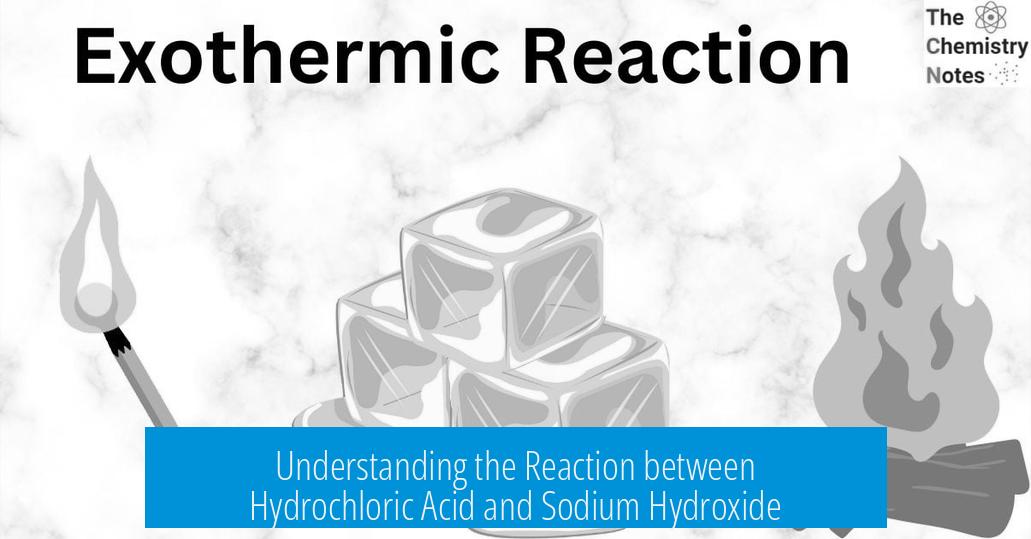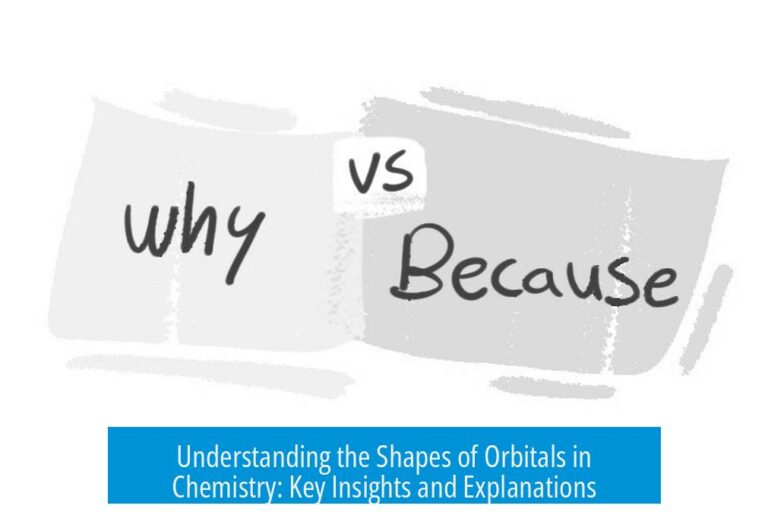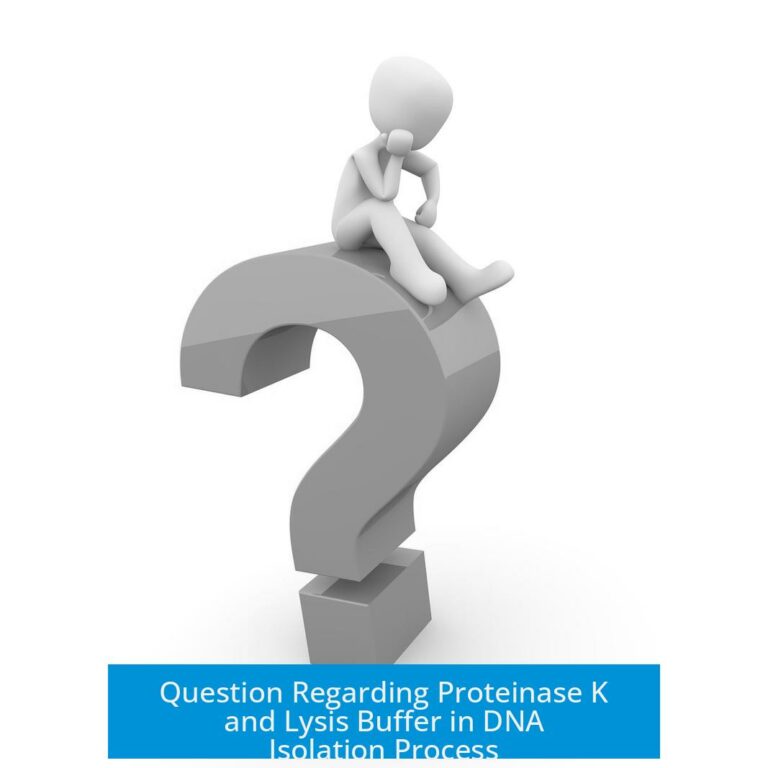Reaction between Hydrochloric Acid and Sodium Hydroxide
The reaction between hydrochloric acid (HCl) and sodium hydroxide (NaOH) produces sodium chloride (NaCl) and water (H2O). This is a classic acid-base neutralization reaction and can be summarized by the equation:
| HCl (aq) + NaOH (aq) → NaCl (aq) + H2O (l) |
Nature of the Reaction and Products
The reaction results in a neutral salt solution if the reactants are mixed in equimolar amounts. Sodium chloride is ordinary table salt, and water is naturally safe. Under ideal conditions, with pure reactants and perfect stoichiometric balance, the solution is neutral and safe.
At low concentrations, the final product is essentially a saline solution. This underlies why the reaction is widely used in laboratories and industrial processes as a means of neutralization.
Safety and Purity Considerations
Although the theoretical product is harmless, real-world applications require caution. Reagents can contain impurities. For instance, hydrochloric acid often carries trace amounts of ferrous or ferric chloride salts. These contaminants may influence the safety and purity of the resulting solution.
Small deviations in measurement can leave excess acid or base, creating harmful conditions. Hence, a perfectly neutral solution requires exact stoichiometric control and high-purity chemicals.
Risks and Practical Advice
- Contamination from manufacturing or handling may produce unsafe solutions.
- Laboratory-grade reagents are not intended for consumption.
- Standard laboratory safety protocols dictate no ingestion of chemicals or solutions, regardless of theoretical safety.
Even if the solution appears safe, consuming or using it improperly can pose health risks. This emphasizes the principle that chemical solutions made for experiments should never be treated as consumables.
Key Points
- The reaction produces sodium chloride (salt) and water.
- Pure, stoichiometrically balanced solutions are neutral and safe in theory.
- Impurities and measurement errors introduce risk.
- Lab reagents are not safe for ingestion.
- Proper safety protocols prevent accidental harm.
What is the main product when hydrochloric acid reacts with sodium hydroxide?
The main product is sodium chloride, which is common table salt, and water.
Is the solution formed from this reaction safe to drink?
Purely in theory, yes, if the substances are perfectly measured and pure. In practice, it’s unsafe due to possible impurities and measurement errors.
Why can hydrochloric acid contain contaminants?
Hydrochloric acid often has ferrous or ferric chloride salts mixed in. These impurities can make the resulting solution unsafe.
Can the reaction product be hazardous if not done properly?
Yes. Incorrect proportions or contaminated chemicals create dangerous products, hence care and accuracy are essential.
Should laboratory-prepared solutions of this reaction ever be ingested?
No. Lab reagents and solutions are not intended for consumption and may contain harmful contaminants even after neutralization.





Leave a Comment